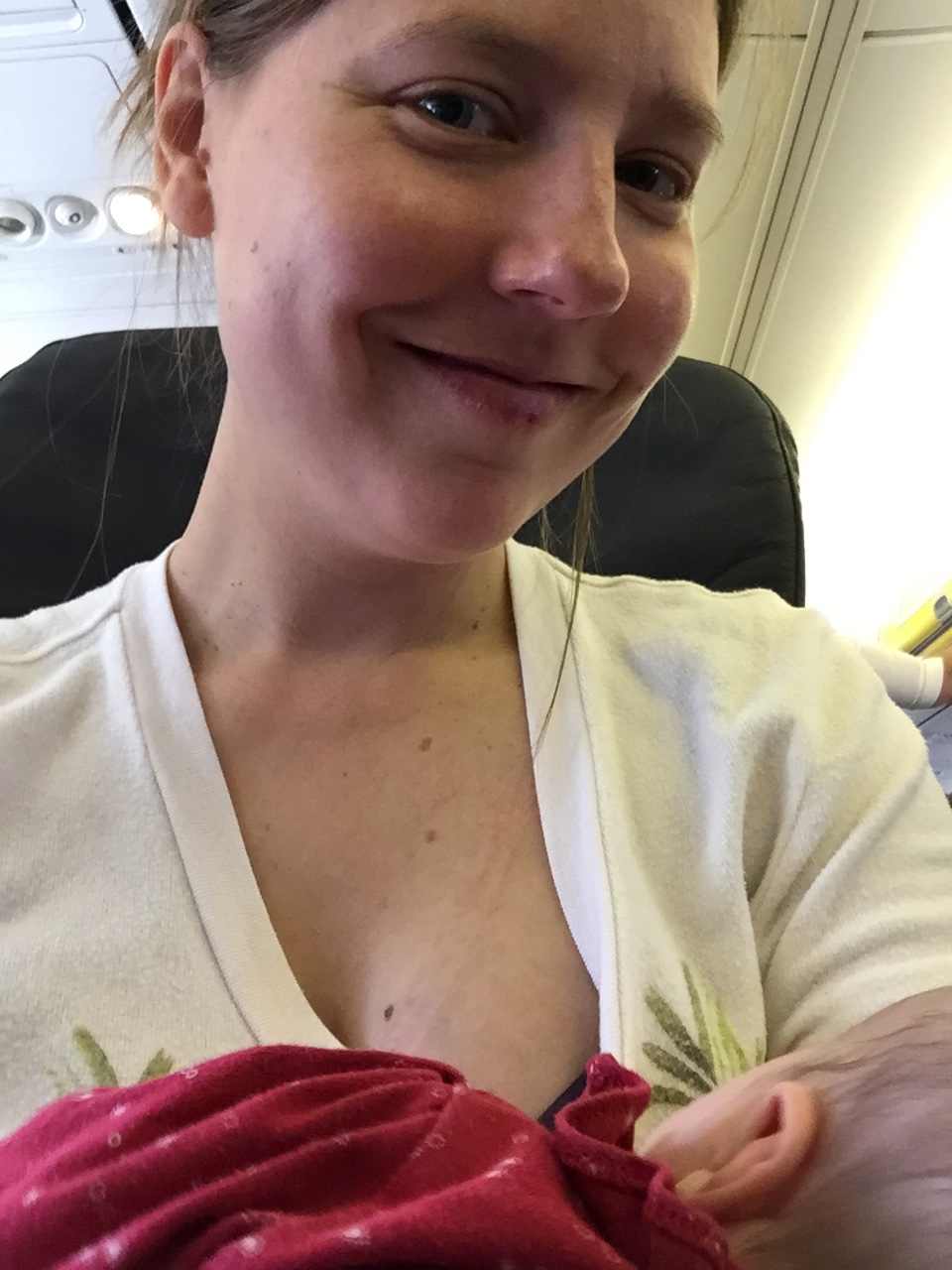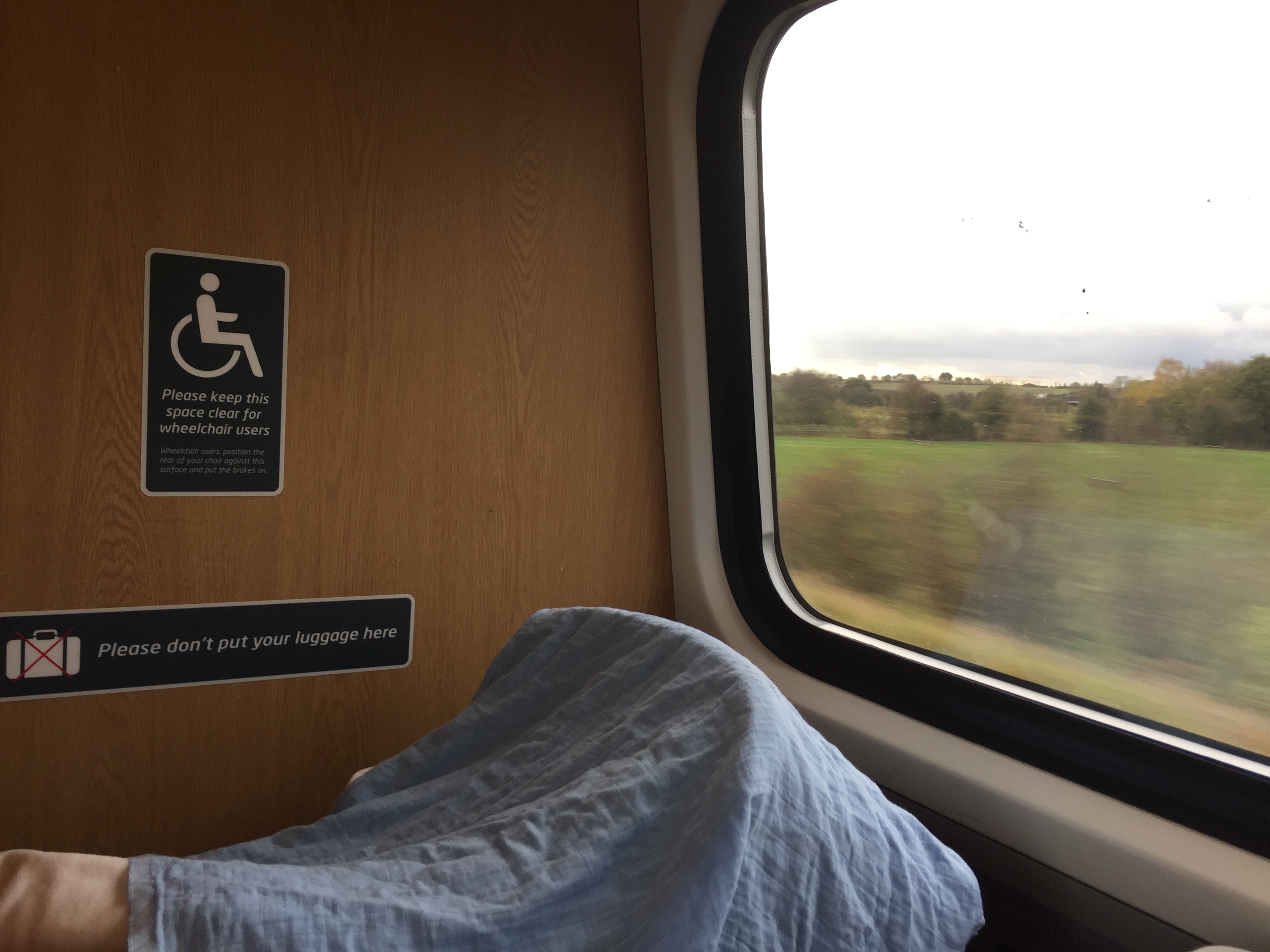Children under the age of two travel for (almost) free on most airlines as long as they’re sitting on your lap, but you still need to book a ticket for your baby. The information required for booking varies depending on the airline but be prepared to provide your baby’s full name and date of birth, as you would with an adult booking.
Fees and taxes

Most airlines charge either a small one-off fee (usually around £20) or 10% of an adult fare for a child under the age of two sitting on an adult’s lap. Because one-off fees are set, it’s sometimes cheaper to pay for a seat for your baby on budget airlines, though bear in mind that you won’t get infant baggage allowance (see below) on an adult ticket.
There’s no airline tax to pay on tickets for children under the age of 16 leaving from UK airports, but you may be charged a local tax on the ticket for the return journey, depending on where you’re travelling from.
Children aged two and over require their own seat, which are usually charged at around 75 per cent of the cost of adult tickets. If your child will be turning two while you’re away, get in touch with the airline before you book. Some airlines will waive the fee on the return journey, some won’t, but it’s always worth asking.
Booking a ticket for an unborn child

If you’re pregnant and booking a trip that will take place after your baby is born, most airlines will ask you to put ‘Infant [Your Surname]’ as the name and your due date as the date of birth, then call them with the correct details after the birth. Policies do vary though, and you probably won’t find information this niche on airlines’ FAQ pages, so make sure you phone or email to check before booking. Each airline has its own minimum age for flying so double check this too – it’s 14 days on easyjet, for example, while babies can travel with British Airways 48 hours after birth.
Which seats to book
Infant lap tickets are limited to one per adult so if you’re travelling with two children under the age of two you’ll either need to bring a second adult or book a seat for one of the little ones. In the latter case, you’ll also need a suitable child restraint system, depending on the age of your child. This might be a car seat (check with your airline which models are allowed) or an AmSafe Child Aviation Restraint System (CARES), which is suitable from 12 months. They aren’t cheap, but you can save some cash by hiring one on eBay.
For long-haul flights, it’s worth trying to book the bulkhead seats at the front of the cabin and a carrycot or child seat (depending on the weight and height of your child). This is sometimes more straightforward to do over the phone rather than online. It’s a good idea to reconfirm the carrycot booking before you travel and again at check-in.
If these seats aren’t available, and there are two of us travelling with the baby girl, my partner and I try to book window and aisle, in the hope that the middle seat will be left empty. This tactic often works, and even when it doesn’t, your neighbour is very likely to be willing to swap their middle seat for one of yours, so you end up sitting together anyway.
For short-haul, we find two seats across the aisle from each other more convenient than sitting side-by-side, as you’re both easily able to get up and walk around with the baby in a sling or get things out of the overhead lockers.
There are restrictions on where in the cabin you can sit with an infant on your lap – exit rows are always out of bounds and other rules apply on some airlines. This will usually be made clear when booking. Some airlines will let you reserve seats for your whole party for no extra cost if you’re flying with a baby but be on guard for those that don’t (ahem, easyjet) so you can factor the additional cost of sitting together into the price of your trip.
Infant baggage allowance

The rules around cabin and checked baggage for infants under two, whether sitting on your lap or in their own seats, vary wildly from airline to airline, but you can expect to be able to bring two or three large items of baby travel paraphernalia, such as pushchair, travel cot, car seat and a small additional cabin bag for nappies, milk, baby food, etc. Beyond that, it’s hard to generalise so check when booking.
For ideas on what to pack, including snacks, toys and essential kit, check out my post on flying with a baby or toddler. You might find my general baby/toddler packing list handy too.
Travel documents
I’ve written a couple of dedicated posts about travel documents so I won’t repeat myself here. Suffice it to say that you’ll need a passport for your child and a visa if one is required for your destination. If you’re taking a child abroad you technically need permission from anyone with parental responsibility for that child (i.e. your other half, if you’re travelling without them) – more on this in my other post.




